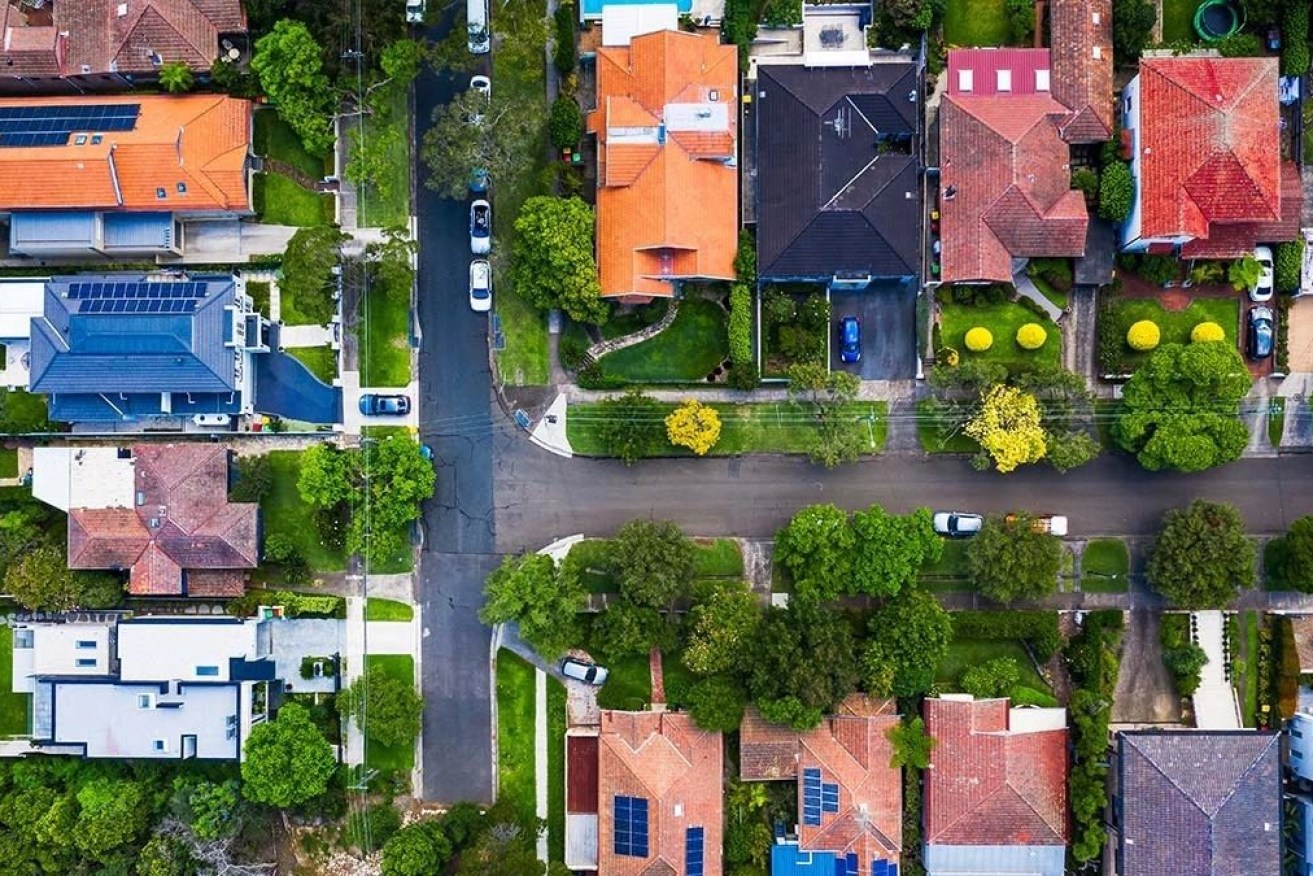Adelaide bucks trend in property price slide
While Adelaide leads the nation in property price rises, house prices are falling in Sydney and flatlining in Melbourne as declining affordability and looming interest rate hikes deter buyers from entering the market.

The pandemic housing boom is still surging in many parts of the country, with property values over April rising by 1.9 per cent in Adelaide, 1.7 per cent in Brisbane and 1.1 per cent in Perth.
Hobart was the only capital city besides Sydney to see prices fall over the month (-0.3 per cent), according to data released by CoreLogic on Monday.
In the other two capitals, prices rose by 1.3 per cent in Canberra and by 0.9 per cent in Darwin.
CoreLogic head of research Tim Lawless said the data suggests the property boom has ended in Australia’s two biggest cities and is slowing down elsewhere as prices overwhelm buyers and the Reserve Bank prepares to hike interest rates to deal with surging inflation.
Lawless said that longer-term price trends show the boom is even losing steam in cities where values are still rising.
“Sydney and Melbourne are probably leading the cycle to some extent,” he said, adding that prices would likely start falling in other parts of the country before the end of the year.
“These are the two most unaffordable markets. So, arguably,
they are more sensitive to the higher cost of debt – and we’ve been seeing fixed-rate mortgages rising for more than a year now.”
The median value of a property in Sydney last month was $1,127,723 and in Melbourne – where prices fell by 0.04 per cent if taken to the second decimal place – it was $806,144.
The national median was $748,635.
Looming rate hikes
Economists expect the RBA to lift interest rates for the first time since 2010 in either May or June – with three of the four major banks forecasting the first hike to come on Tuesday when the central bank has its next monthly board meeting.
Lawless said higher listing numbers and weak migration in Sydney and Melbourne also meant buyers in these cities had more choice and were under less pressure to bid up prices.
“Sydney listings are now back to about the five-year average; Melbourne listings are above the five-year average,” Lawless said.
“So, finally, buyers in these markets are getting a little bit more leverage.”
National Australia Bank and Commonwealth Bank have forecast prices to fall by 10 per cent in 2023 while the Reserve Bank has tipped prices to fall by 15 per cent if mortgage rates rise by 2 percentage points.
Lawless said he would “probably endorse the forecasts coming out of the big four”.
But two government schemes designed to support homebuyers could somewhat minimise the falls.
Support for homebuyers
On Sunday, the Labor Party announced a ‘Help to Buy’ scheme that would see the federal government provide eligible homebuyers with an equity contribution of up to 40 per cent of the purchase price of a new home and up to 30 per cent of the purchase price of an existing home.
Essentially, the Commonwealth will buy up to 40 per cent of an applicant’s home to reduce their mortgage repayments by minimising how much they must borrow from the bank.
The scheme would enable up to 10,000 home buyers every year to buy homes with deposits as low as 2 per cent while avoiding lenders mortgage insurance and taking on less debt.
If Labor is elected, the program would be implemented alongside the Coalition’s expanded Home Guarantee Scheme which allows up to 50,000 eligible home buyers each year to buy homes with deposits as low as 2 per cent and with no lenders mortgage insurance.
But under the Coalition’s scheme, the federal government only acts as a guarantor on the home loan and takes no equity in the property.
Both schemes have the potential to push up prices by boosting demand without lifting supply.
But Lawless said the upwards pressure was likely to be mild as both schemes were subject to price and income caps and had limited places.
Labor’s scheme is available to individuals earning up to $90,000 a year and couples earning up to $120,000.
The Coalition’s is available to individuals earning up to $125,000 a year and couples earning up to $200,000.
A version of this story first appeared in The NewDaily.





